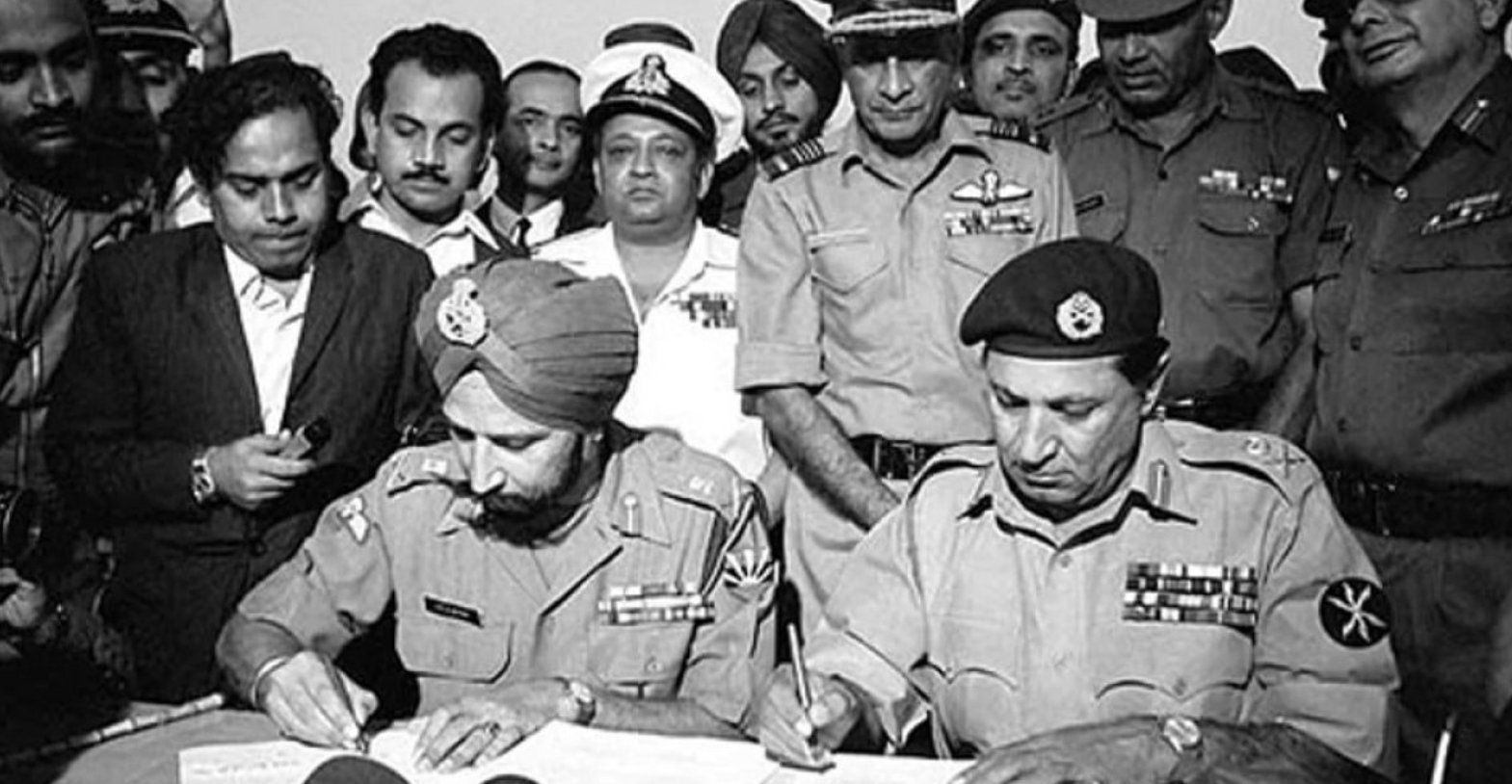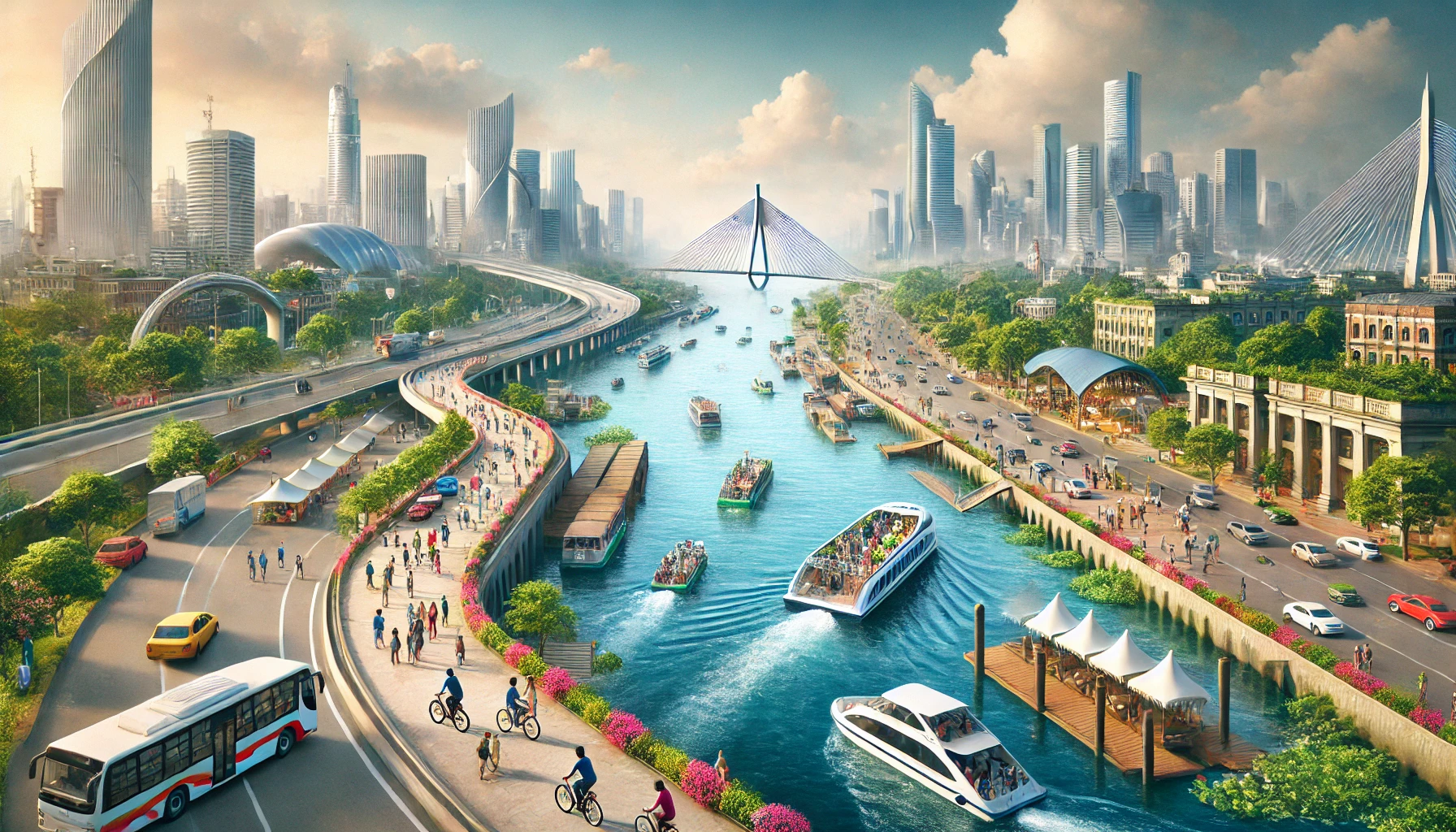The story of Bangladesh is one of resilience, cultural pride, and unyielding determination. Its history is marked by significant milestones, ranging from ancient civilizations to the Language Movement of 1952 and the Liberation War of 1971. These events not only shaped the nation but also demonstrated the courage and unity of its people. Today, Bangladesh stands as a testament to how struggles can forge strength and identity.
The Partition and the Birth of East Pakistan (1947)
The foundation of modern Bangladesh was laid during the partition of British India in 1947. Under the Indian Independence Act, Pakistan was created as a state comprising two distinct regions: East Pakistan (now Bangladesh) and West Pakistan (present-day Pakistan). These regions were separated by over 1,600 kilometers of Indian territory and differed vastly in language, culture, and economy.
East Pakistan, with its Bengali-speaking majority, initially saw the creation of Pakistan as an opportunity for unity and progress under the banner of shared religion. However, it soon became evident that West Pakistan dominated the political, economic, and military affairs of the state. East Pakistan was treated as a colony, with its people excluded from meaningful participation in governance and denied equitable economic opportunities. These injustices sowed the seeds of discontent and resistance among the people of East Pakistan.
The Language Movement: A Struggle for Identity (1952)
One of the earliest and most defining moments in Bangladesh’s history came with the Language Movement of 1952. In a controversial move, the government of Pakistan declared Urdu the sole state language of the nation, sidelining Bengali, the mother tongue of the majority population in East Pakistan. This decision was seen as an affront to the linguistic and cultural identity of the Bengali people.
Protests erupted across East Pakistan, with students leading the charge. On 21 February 1952, a demonstration in Dhaka turned tragic when police opened fire on the protesters, killing ten students and injuring hundreds more. Despite the bloodshed, the movement achieved its goal: Bengali was eventually recognized as one of Pakistan’s state languages.
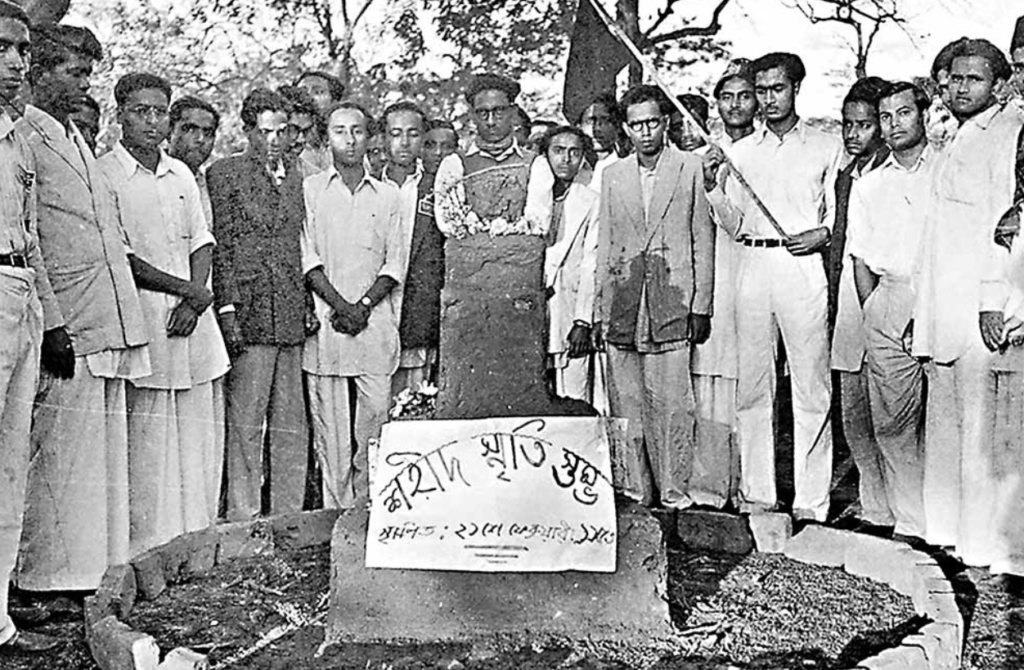
Activists paying floral tribute at the Shaheed Minar, Dhaka, February 21, 1953. Photo: Dr. Rafiqul Islam
The sacrifices of the martyrs of 1952 are commemorated annually on 21 February, which UNESCO later declared as International Mother Language Day in 1999. This recognition underscores the universal value of linguistic and cultural diversity, making Bangladesh’s struggle a symbol of global unity and respect for cultural rights.
Political Awakening and the Path to Liberation (1952–1971)
The success of the Language Movement galvanized the people of East Pakistan, inspiring further demands for autonomy and justice. Over the following decades, the political landscape of East Pakistan was defined by growing frustration with West Pakistan’s dominance. Economic disparities widened as East Pakistan, despite producing the majority of Pakistan’s export revenue through jute, received little in return for its development.
In the 1970s, under the leadership of Bangabandhu Sheikh Mujibur Rahman, the Awami League emerged as the voice of East Pakistan’s aspirations. The party’s landslide victory in the 1970 general elections, where it secured a majority in Pakistan’s national assembly, highlighted the desire for self-governance. However, West Pakistan refused to transfer power, escalating tensions to a breaking point.
Operation Searchlight and the Liberation War (1971)
On 25 March 1971, the Pakistani military launched Operation Searchlight, a brutal campaign of violence in Dhaka aimed at suppressing the autonomy movement. The operation targeted students, intellectuals, and civilians, leaving thousands dead and marking one of the darkest chapters in Bangladesh’s history. The following day, on 26 March 1971, Sheikh Mujibur Rahman declared Bangladesh’s independence. This date is now celebrated as Independence Day.
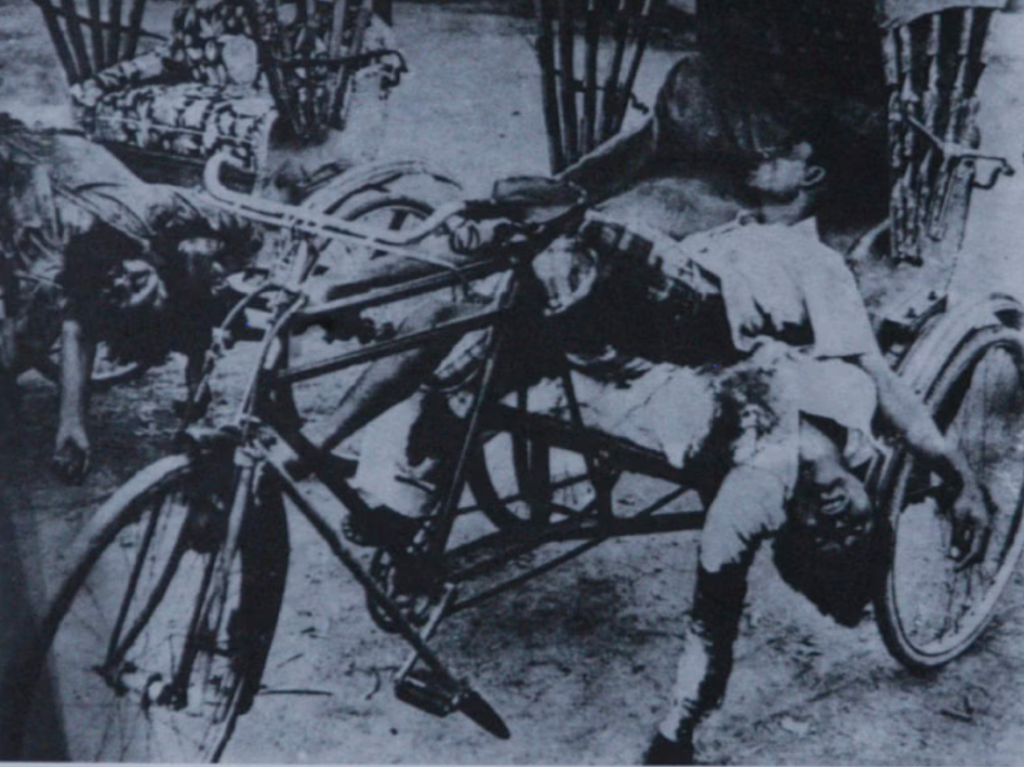
25 March 1971,Image-The Daily Star
The people of Bangladesh, united across all professions and backgrounds, joined the freedom struggle. The Mukti Bahini (Freedom Fighters) was formed, and with the leadership of General M. A. G. Osmani, a coordinated guerrilla warfare campaign was launched. Despite facing a powerful and ruthless adversary, the determination of the Mukti Bahini and the support of civilians ensured the liberation movement’s success.
The war lasted nine months, during which an estimated 3 million people were killed, and countless women were subjected to atrocities. The turning point came in December 1971 when the Indian military intervened, supporting the Mukti Bahini in their final push. On 16 December 1971, the Pakistani military surrendered, and Bangladesh was born as an independent nation.
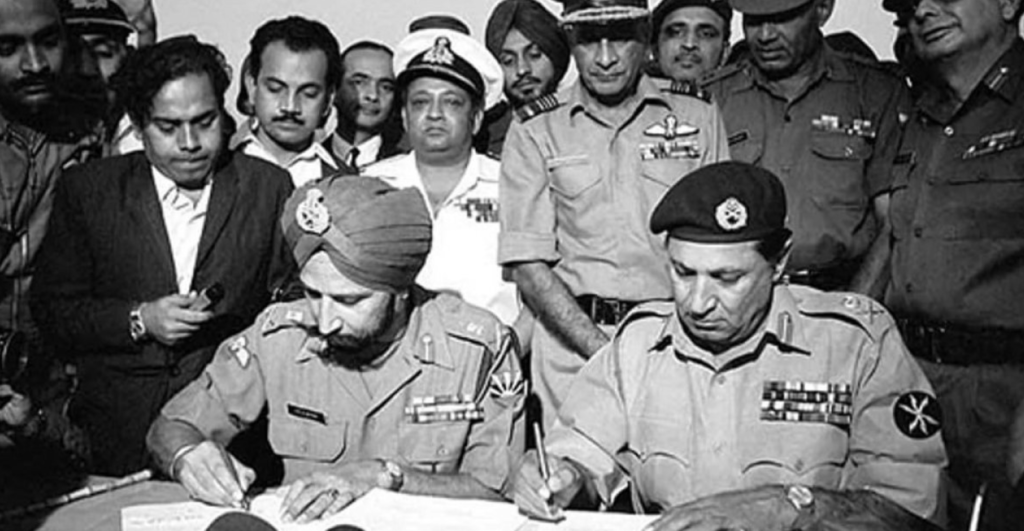
The Cultural Soul of Bangladesh
Beyond its struggles for political independence, Bangladesh has always been a land of rich culture and traditions. The country’s heritage is deeply rooted in its art, literature, music, and festivals. Bengali culture, shaped by poets like Rabindranath Tagore and Kazi Nazrul Islam, reflects the love for freedom, justice, and human dignity.
The people of Bangladesh are known for their warmth and hospitality, a quality that continues to attract visitors from around the world. Traditional celebrations like Pohela Boishakh (Bengali New Year) and vibrant fairs reflect the enduring spirit of joy and resilience among the Bengali people.
Legacy and Lessons from History
The history of Bangladesh is more than a timeline of events—it is a narrative of courage, unity, and the enduring quest for justice. The sacrifices made during the Language Movement and the Liberation War are etched into the nation’s identity, serving as constant reminders of the price of freedom.
Today, Bangladesh has emerged as a rising power in global development. From its thriving garment industry to advancements in education and technology, the nation continues to progress while staying rooted in its cultural heritage. By reflecting on its history and embracing its diversity, Bangladesh charts a path toward a brighter future, inspiring its people and the world.
Conclusion
The story of Bangladesh is a profound testament to the resilience and determination of its people. From preserving their language to fighting for independence, the nation has shown that unity and courage can overcome even the greatest adversities. Bangladesh’s journey, marked by immense sacrifices and unwavering hope, is not just a history of struggle—it is a celebration of humanity’s enduring spirit.
